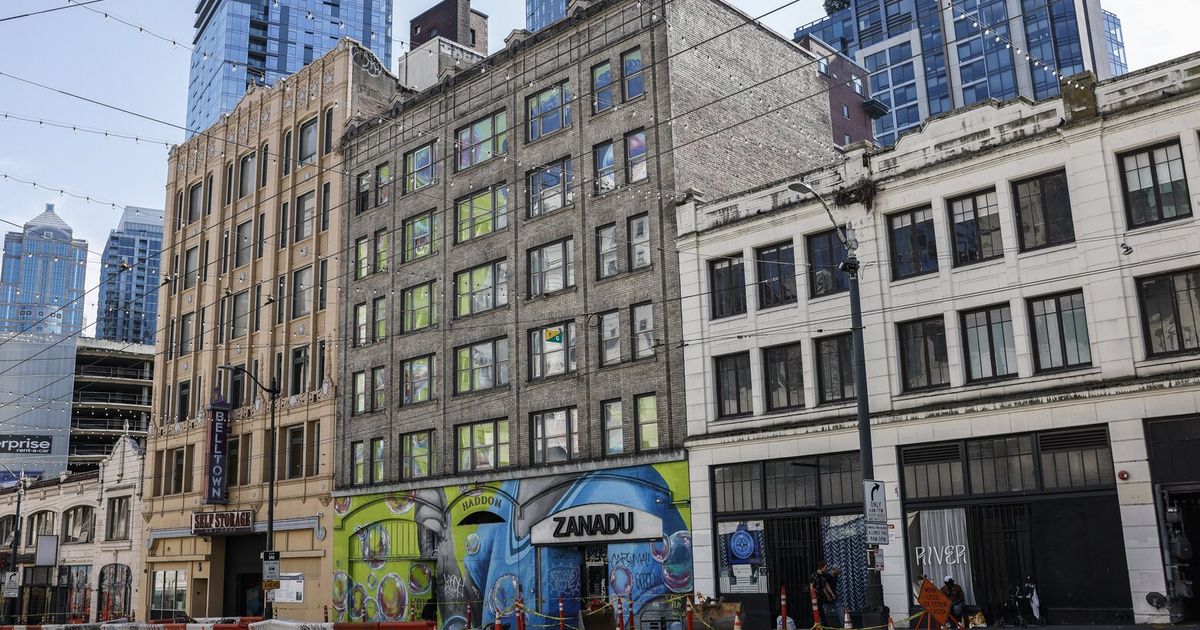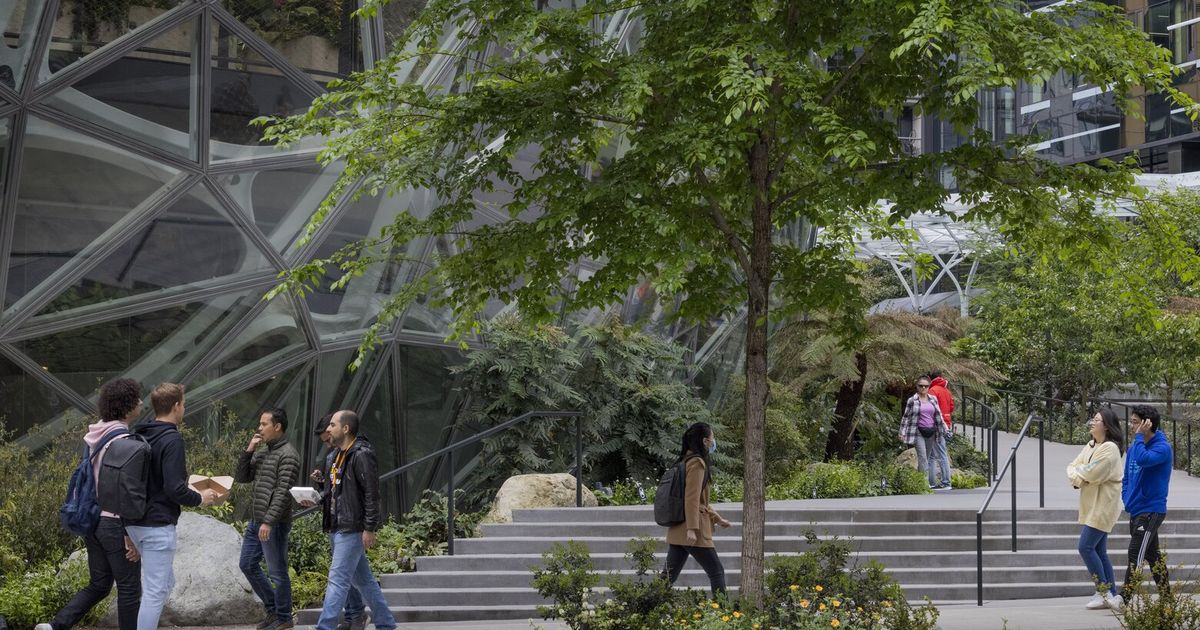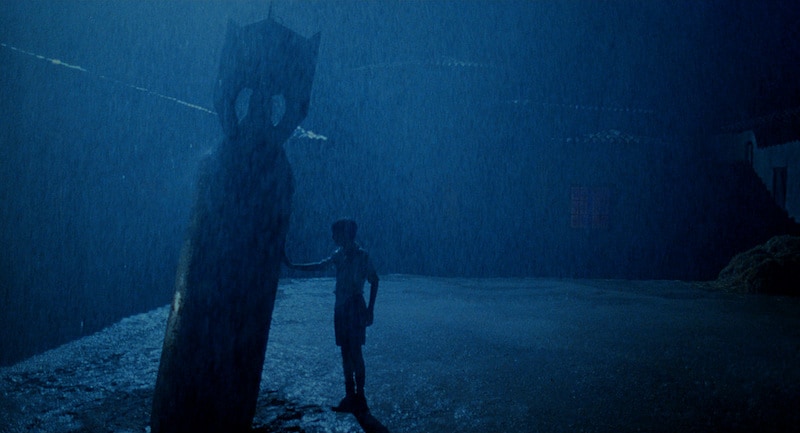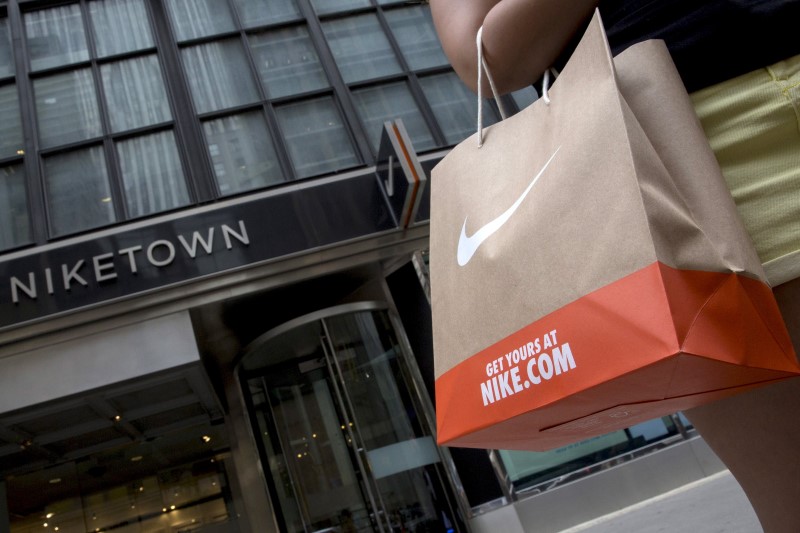A bit of welcome news for Seattle-area renters: After dramatic increases in recent years, rents are leveling off.
Median rent across the Seattle area was nearly flat in April from a year ago, according to the rental tracking firm Apartment List. That’s a notable change from this time last year, when Seattle-area rents had spiked 17% from the prior year, creating sticker shock for renters searching for a new lease.
Experts say an array of factors cooled rents. Inflation and economic uncertainty make people less likely to move out of a shared rental, search for a bigger apartment or start a family. High mortgage rates make the switch to homeownership even harder. All the while, new apartments are hitting the market, and the big pandemic pull from downtowns to bucolic “Zoom towns” is fading as nightlife and in-office work return.
While spring and summer are the busiest times for renters moving, “This season has had a lot less activity than we’re used to seeing,” said Rob Warnock, senior research associate at Apartment List.
“Big life events” like moving out of a house with roommates or starting a family are the “things that people shy away from when there are concerns about affordability and the broader economy,” Warnock said.
Still, rents are not in free fall.
The median rent for a one-bedroom rental in the Seattle metro area, including Tacoma and Bellevue, stands at $1,505, less than a half a percent lower than a year ago, according to Apartment List. In the city, the median cost of a one-bedroom, $1,568, is down about 1%, or $20 a month. Meanwhile, in Lynnwood and Everett, rents are up about 4%. Because these are median rents, renters may see higher prices when searching for a new rental.
And the cooldown may offer little comfort for renters who saw their costs increase during the pandemic. Rents across the Seattle metro area are up 9% since the start of the pandemic and 19% since April 2017, according to Apartment List.
Seattle landlord Larry Crites said he’s keeping most rents relatively steady when apartments turn over in his five small apartment buildings and getting about half as many inquiries about available units as he did a year ago. At the height of the recent run-up in rents in 2021, Crites would get 15 to 20 inquiries about an open apartment in 24 hours. Today, he may get six or eight.
“The people inquiring are almost all already local,” Crites said. A year or two ago, “probably half my inquiries were from people moving here from out of town, and that seems to have dried up considerably.”
With less competition among renters, deals like a month of free rent are becoming more common: 42% of Seattle-area rentals offered some type of concession last month, up from 33% a year ago, according to Zillow.
But even as the pandemic-fueled rush to move cools off, a fundamental shift has taken place: Moving out to the suburbs no longer guarantees renters a more affordable place to live.
While some nearby cities still offer lower rents, the cost of a one-bedroom apartment is now higher in Shoreline, Renton and Bothell than in Seattle, according to Apartment List. Eastside prices in Bellevue, Redmond and Kirkland are even higher.
Average rents are up 16% in Tacoma, 15% in Lynnwood and 12% in Burien since the start of the pandemic, according to separate data from the real estate data firm CoStar. In downtown Seattle, they’re basically flat: down 1%.
Even as rents have cooled from pandemic peaks, some renters can see big price hikes.
Some move from rentals where their rent was below what landlords consider market value, then find sticker shock among apartments newly listed for rent. Others scored pandemic deals that landlords are now rolling back. Crites said he has raised rents on a few tenants who moved in early in the pandemic, when Seattle rents bottomed out.
At a midcentury apartment complex north of Seattle, tenants are fearful after receiving sharp rent hikes in recent years. When new owners bought the complex, one tenant who was paying just below $1,000 for a two-bedroom apartment received two $300 rent increases in two years.
The 79-year-old renter, who requested anonymity because of concerns about the future of her lease, worries she and her neighbors, many of them retired, will be forced to leave a community that feels safe, convenient and homey, where neighbors “watch out for each other.”
“I understand that a lot of people’s rents are sky-high out there, but this was kind of our little safety net because we could all afford to live here,” said the tenant.
As suburban rents begin to look less affordable compared with in-city costs, some remote workers who moved may be drawn back to larger cities, said CoStar analyst Elliott Krivenko.
While some suspect tech layoffs are keeping renters from moving, the job cuts have not yet had a “dramatic impact” on demand for rentals, said Kyle Yamamoto, a senior vice president at commercial real estate firm CBRE, citing absorption, a measure of occupied apartments. “We’re seeing a return-to-urban trend for renters as they have to relocate … to be closer to their jobs,” Yamamoto said.
The rental market today is in a “hangover” from the 2021 run-up in prices, Krivenko said. But by 2024 or 2025, he expects rents to return to a more typical 2.5% to 3% growth per year.
One big factor will be new rental homes.
About 1,700 new apartments hit the market in downtown Seattle last year, and another 4,000 are under construction, according to CoStar. And it’s not just downtown: 2,100 apartments are under construction in Shoreline, representing a huge boost from the city’s current 4,900 apartments.
That supply helps keep rents from rising higher, analysts say.
But new apartment supply may not keep up with the need in coming years. Permit applications for new apartment buildings plummeted last year as developers dealt with rising construction costs and interest rates. Just a third of apartment projects slated to begin in 2022 actually got underway, according to CBRE. Those projects would have been likely to come online in the next several years.
And landlords are unlikely to drop rents soon: Crites said rising costs for taxes and maintenance continue to put “a good deal of upward pressure” on rents.















